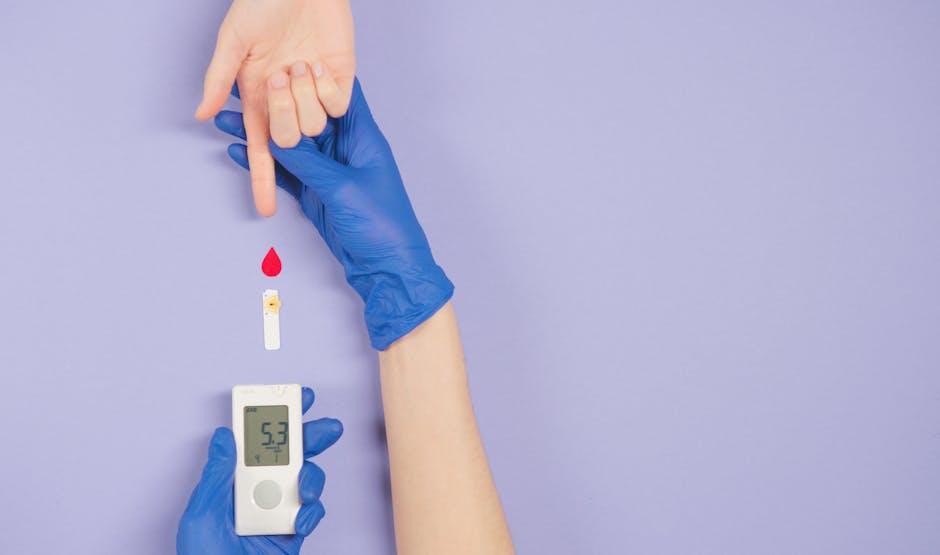:max_bytes(150000):strip_icc():format(jpeg)/Health-GettyImages-2030971073-68b55d4b0e8d4c57a684a1cfed605827.jpg)
Red light therapy, or photobiomodulation, uses wavelengths of red and near-infrared light to stimulate your body’s cellular activity. It has been used to promote wound healing, reduce pain, stimulate hair growth, and rejuvenate aging skin. However, research on the effectiveness and use of this type of therapy is still new and limited.
There are no definitive guidelines on how long or how often to use red light therapy. For now, it’s best to follow the manufacturer’s guidelines for the device you are using. Typically, you need to use red light therapy consistently to see results.
Most people use red light therapy two to five times per week for 10-20 minutes at a time. In one study, people with psoriasis, an autoimmune condition causing dry, scaly patches on the skin, underwent 20 minutes of red light therapy two times a week with at least 48 hours between sessions. After four to five weeks, participants saw significant improvements in skin symptoms.
If you have specific skin concerns, you can talk to a healthcare provider about red light therapy, such as a dermatologist (a medical doctor specializing in skin, hair, and nail conditions).
Using red light therapy for longer than recommended by the manufacturer or your dermatologist is unlikely to increase the benefits. Instead, more frequent use could harm the skin by worsening a skin condition or causing burns. Some people have reported blisters or burns when using the therapy for longer than 30 minutes.
When deciding what time of day to use red light therapy, there are benefits to using it in the morning, in the evening, and before participating in challenging mental tasks or athletic competitions. The best time of day for you will likely depend on your goals, as research supports several uses. Consider experimenting with different times of day to determine what works best.
- In the evening: Red light therapy before bed may improve sleep quality. The study specifically focused on female basketball players and was used to prevent sleep disorders after training. Researchers speculate red light might benefit sleep by increasing melatonin, a hormone that helps regulate your sleep-wake cycle.
- In the morning: Red light therapy in the morning may improve mental performance. It also may help reduce sleep inertia, or the grogginess and disorientation that some people experience when they wake up.
- Before exercise: Red light therapy can improve athletic performance when used several hours before a competition. One study in mice found that using red light therapy three to six hours before exercise resulted in a 300-600% increase in muscle performance.
- Before work or study: Research has found evidence suggesting red light therapy may improve cognitive performance, such as memory, attention, flexible thinking, and mood, during challenging mental tasks. However, more studies are needed to confirm this benefit.
If you are considering red light therapy, there are a few steps you can take to maximize the benefits and get the results you want:
- Choose an FDA-approved device for at-home use. The device you select should be designed for the condition you want to treat and cleared by the U.S. Food and Drug Administration (FDA). For instance, whether you are using red light for pain relief, treating a skin condition, or something else, look for a device geared toward that specific benefit.
- Consider the amount of light emitted. Look for devices that produce wavelengths between 600-900 nanometers. Research suggests light within this range is optimal for achieving noticeable results.
- Follow the manufacturer’s instructions. The product information should provide recommendations for how long and how often you should use the device. The instructions should also include guidelines for general use, such as how close the device should be to your skin.
- Be consistent. Red light therapy requires consistent use over the course of weeks and months. If you want to see results, you will need to commit to doing red light therapy regularly.
- Apply a hydrating serum after use. Some dermatologists recommend using a serum with moisturizing ingredients like aloe vera immediately after treatment. This will help keep skin hydrated and help maximize the benefits. Ask a dermatologist for recommendations on what to use for your skin type.
- Protect skin from sunlight. While daily sun protection is important, it’s especially necessary after using red light therapy, as the treatment may make your skin more sensitive to the sun. If you receive red light therapy as part of skin cancer treatment, you may need to stay inside for 48 hours after using the device.
- Avoid harsh cleansers. Your skin may be sensitive after red light exposure. Use gentle cleansers, especially after the treatment, to avoid irritating your skin.
- Drink plenty of water. Red light therapy penetrates your skin and affects the cells. Stay hydrated from within by drinking plenty of water, especially since water consumption can improve skin barrier function.
Generally, red light therapy is safe to use and has few side effects. Some risks are associated with using a red light therapy device at home, such as burns, blisters, and eye damage. These typically occur with incorrect use. Talk to a dermatologist before trying the therapy at home.
Here are a few tips to use red light therapy safely and effectively:
- Get input from a healthcare provider. If you are considering using a red light therapy device at home or receiving treatment from a spa without a medical provider on staff, consult with a healthcare provider first. Red light therapy can interact with medications and make some conditions, like lupus, worse.
- Consider your skin tone. Some research has found that darker skin tones may need to use a lower strength of red light than someone with light skin because of increased photosensitivity.
- Use with caution to prevent burns and blisters. There have been reports of burns, blisters, and lesions in people who used red light devices for longer than 30 minutes, fell asleep while using a device, or used a device that was broken.
- Protect your eyes. Because red light therapy can damage the eyes, you need to wear protective goggles while using a device. Sunglasses will not protect your eyes from damage.
- Talk with your oncologist if you have cancer. While some studies have found that using red light therapy during cancer treatment can alleviate painful side effects, other studies have found that red light can speed the growth of cancer cells and cause tumor recurrences.
Red light therapy, or photobiomodulation, uses red and near-infrared light to stimulate the cells in your body. It may improve aging skin, heal wounds, stimulate hair growth, and relieve pain when used correctly.
Most people use red light therapy two to five times weekly for 10-20 minutes to see results. For safe and effective use, talk to a healthcare provider before starting, be consistent in how often you use it, and follow the manufacturer’s instructions for your device. You should also wear sunscreen, use gentle cleansers and moisturizers, and drink water to keep skin hydrated.
Red light therapy is generally safe but does have some risks. Discuss your goals with a medical professional before purchasing and using a device.










